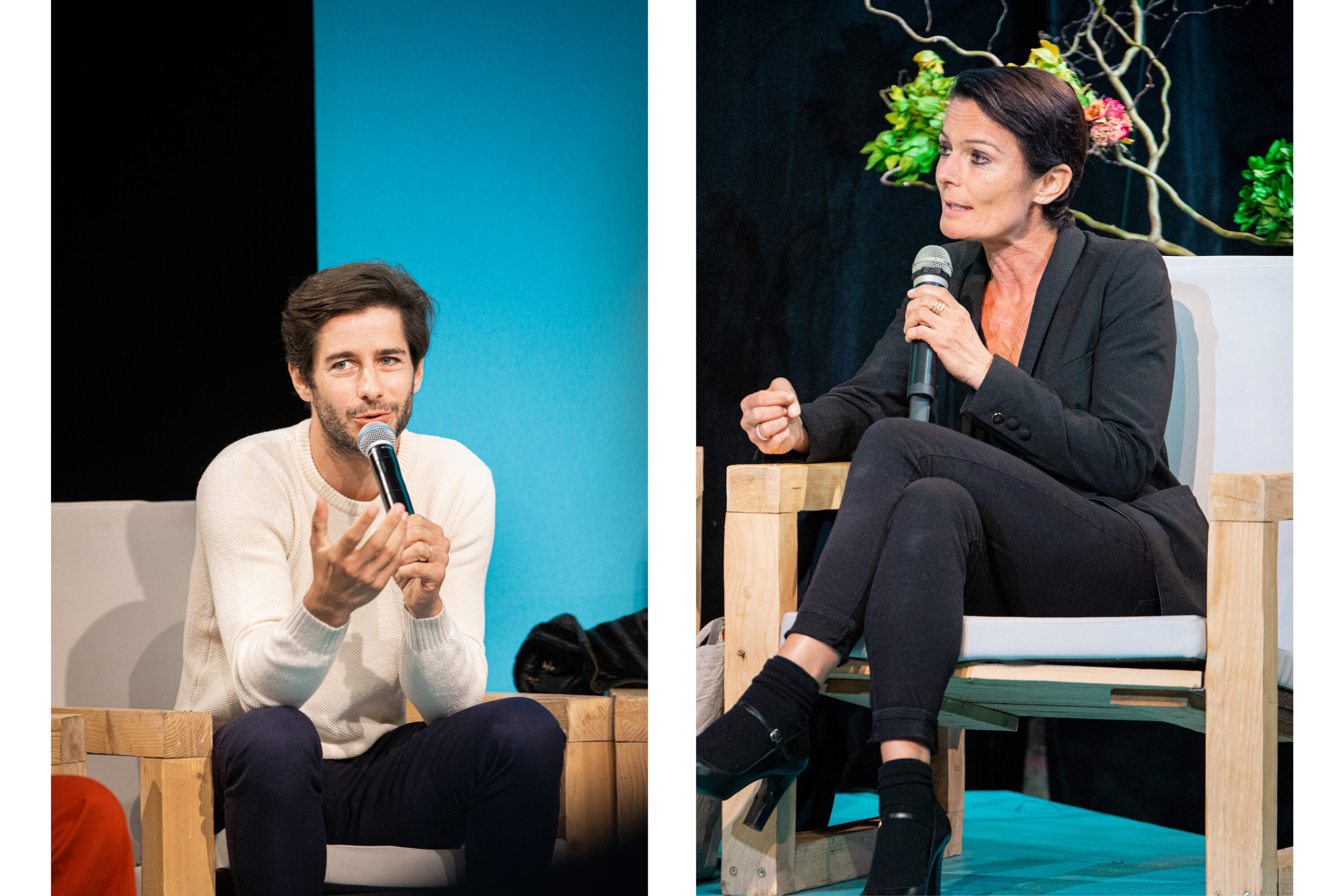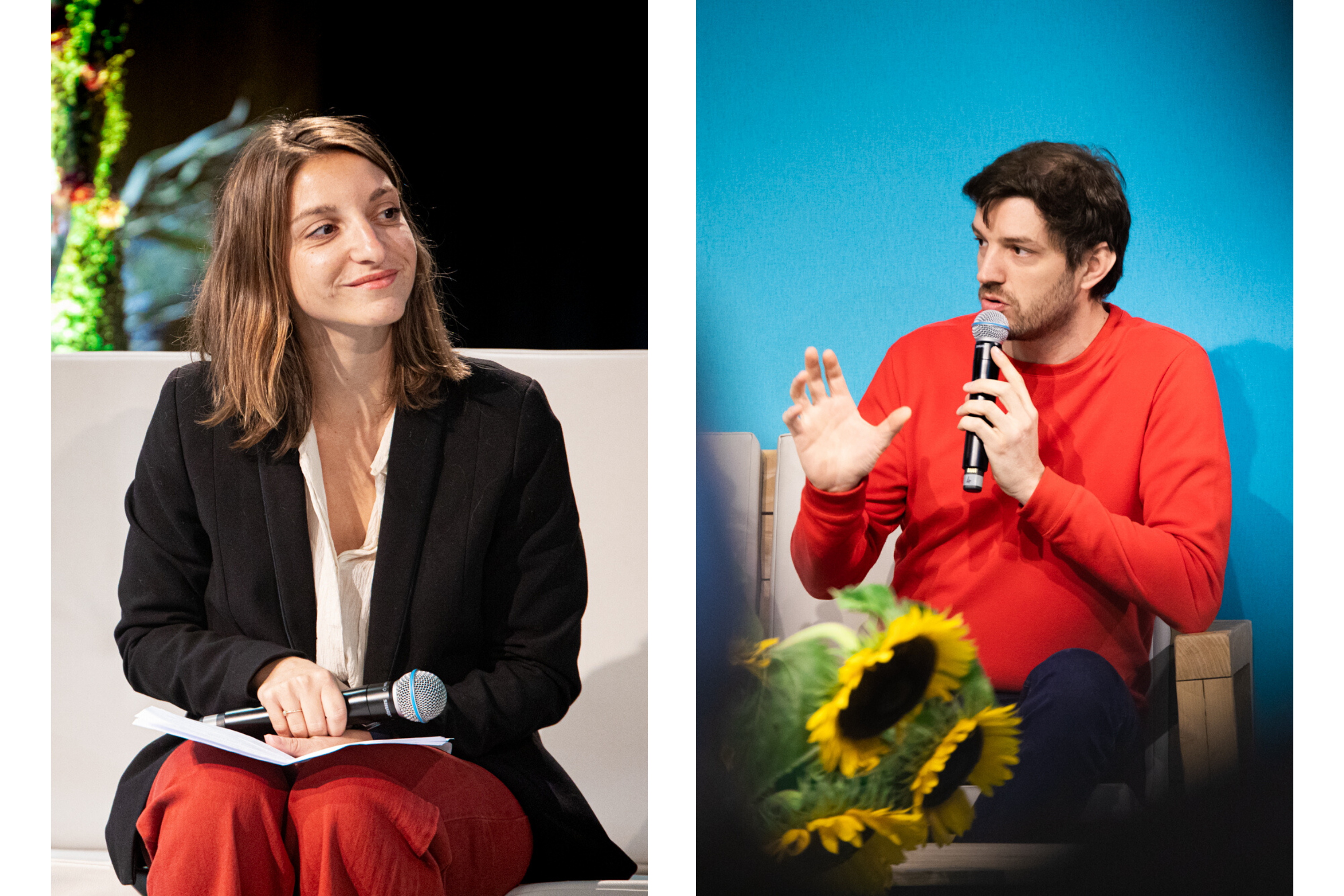THE LABEL DOESN’T MAKE THE GARMENT
Trends
Return to local production and know-how
Following the “Made in France” trend, a term used a lot in recent years at the risk of “French washing,” we are now seeing a genuine return to local production and know-how. Nowadays, many French brands are promoting a return to a centuries-old industry, particularly in view of its risk of extinction. A philosophy of proximity that aims to ensure that business excellence continues throughout the design and production chain of a garment. Design is taking responsibility and is exerting increasing control over the production of its collections by ensuring their ecological viability and respect for working conditions. After years of fast-fashion and unrestrained productivity, the Fashion industry is now turning towards production at a human level in order to rediscover the value of a garment and its creation: true meaning. It is this new quest for meaning through searching for the local and know-how that Guillaume Gibault from Le Slip Français, Clarisse Reille from the DEFI organisation, Thomas Huriez, the founder of 1083 jeans and Marion Lacaux from the brand Splice Paris came to discuss; moderated by Marion Clément from Green Door Stories.

After years of excessive communication, “Made in France” seems to be suffering from a decline in consumer confidence. As with the use of the “organic” label, its exploitation seems to have caused a crisis of legitimacy with a customer who is increasingly seeking transparency and authenticity. From a legal standpoint, in order for a product to be labelled “Made in France,” 45% of its added value has to have been produced on national soil. Therefore, a garment can benefit from this label if it was entirely produced in France or if a substantial part of its creation was carried out there. In addition, there is a multitude of other references, such as “packaged in France,” “designed in France,” “French production” “French design,” “local craftsmanship” which also disrupts the legibility from a consumer point of view.
In order to be credible, “Made in France” has to be nearly 100% transparent, this is the Marion Lascaux's opinion, founder of the brand Splice Paris, and it is presented on their website: “An eco-designed wardrobe, made from 100% French linen, with 96% of the selling price going directly into the French economy.” The designer, who presides over her entire production chain, has cracked the code: responsibility is now desirable. It is a selling point. Two pioneering brands have also started to follow this drastic change towards transparency: 1083 jeans by Thomas Huriez and Le Slip Français by Guillaume Gilbaut. “Transparency is the key to sustainability,” explains Thomas Huriez. The two founders embody two examples of French success stories who recognised the benefits of producing 100% in France very early on, except for one detail: the use of foreign raw materials. “1083 jeans are made from organic cotton which doesn’t grow in France, but all steps of production : cotton spinning, dying, weaving and the making of the garments are executed in France,” explains the designer. Just like Le Slip Français which sources their cotton abroad. “Once the yarn is recovered, everything will be Made in France,” insists the designer of the blue, white and red tricolore inspired brand, with a smile.
Faced with sometimes biased information surrounding the “Made in France” label, many brands have given a great importance to having a close relationship with their clients, going back to using a more concrete lexical field: returning to craftsmanship and local know-how. A trend in line with the times, which pushes the French population further, regarding their decisions to consumer more responsibly. “After years of fast-fashion, we have moved past a feeling of guilt towards a general sense of frustration,” explains Sandrine Pannetier, from Leherpeur, the Parisian trend office. Every year, we take another step further towards a sustainable transition, although the price remains an obstacle for the moment. Consumers are searching for the truth, for history and sincerity. They need a sense of meaning and need to belong to a community which represents them.” These are two factors which local production can promise without deception.

“Meaning” is the new cornerstone of Fashion. Following increased experience and travel, now when we buy a garment today we anticipate the story it has to tell. Where was it made? By who? How? Using what techniques? It is a real storytelling process. It is as if we unravel the thread, in order to understand what is hiding being a product. “We are seeing a real tropism amongst the public, particularly with the younger generation, towards innovative and responsible brands such as Le Slip Français,” explains Clarisse Reille, who is at the Head of the DEFI movement, “as in fact responsibility goes hand-in-hand with modernity, contrary to the false representation often presented of ethical fashion.” Guillaume furthers this point, “Responsibility occurs above all through innovation. Progress is at the heart of our brand identity. If we are using ancestral know-how to create our products, we think that the real solution is to innovate and create machines which can increase the sustainability of our industry, all whilst promoting the attractivity of Made in France.” So, sustainable fashion: two birds with one stone? In any case, representatives and leaders are competing with each other in terms of boldness and imagination to make this new business model the future of French fashion.
Ethical fashion was once considered avant-garde, and is now an integral part of the fashion industry. The second hand market’s exponential growth, upcycling and the success of eco-responsible brands such as, Le Slip Français and 1083 displays, without a doubt, the efficiency of this model. A model which is still in the experimentation phase, which seeks and suffers itself, sometimes at the expense of this new creative ecology. "We are still paving the way," continues Clarisse Reille, “we search for sustainable solutions, test the materials used and check the viability of the processes." Eco-responsible fashion remains a real challenge and anyone who embarks on this path has to persevere, as demonstrated by the success of Marion Lacaux, Thomas Huriez and Guillaume Gibault. “There will be mistakes made in production, but we’ll learn as we go along. A system is never perfect, but transparency allows us to integrate a real dialogue of trust with our clients, who are becoming more familiar with the reality of the sector and production constraints that we encounter. Failure gives way to progress,” concludes Thomas Huriez.
In a sector where perfection is the standard and where error is no longer “human,” eco-responsible fashion seems to be opening up a new path. The vision is an aesthetic, modest and innovative, yet imperfect, fashion industry. Through this new method of consumption, it is also and above all new aesthetic and philosophy that is being proposed. A fashion industry that reflects the world, that reflects reality: naturally beautiful.